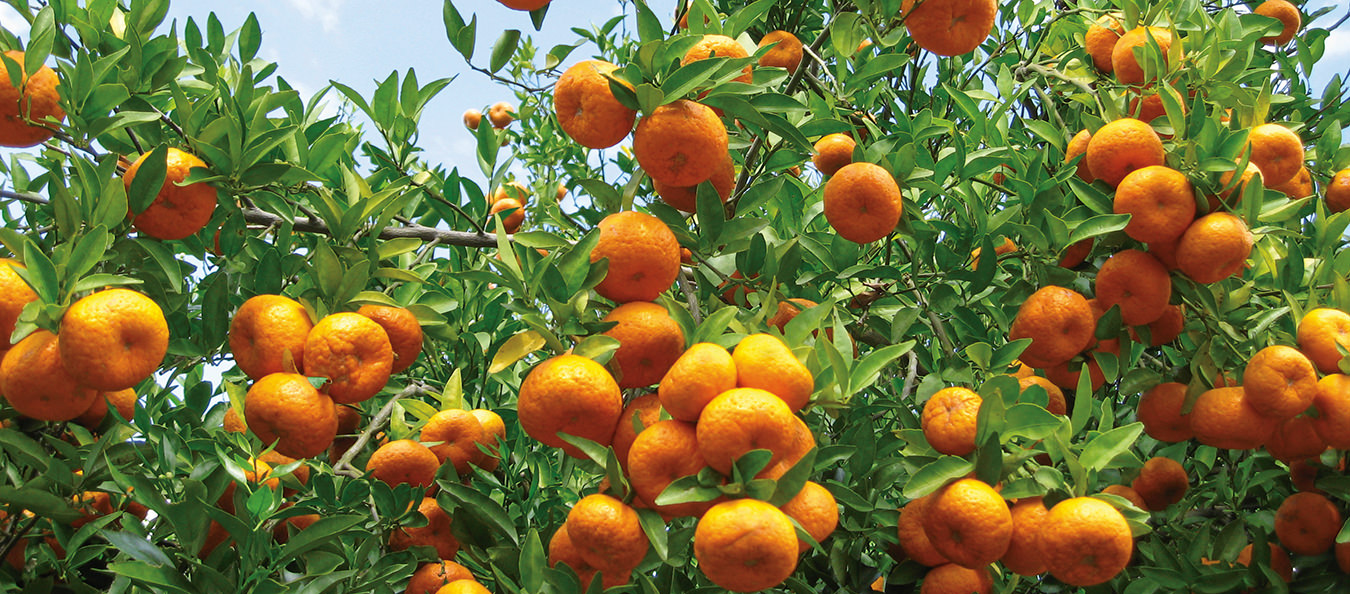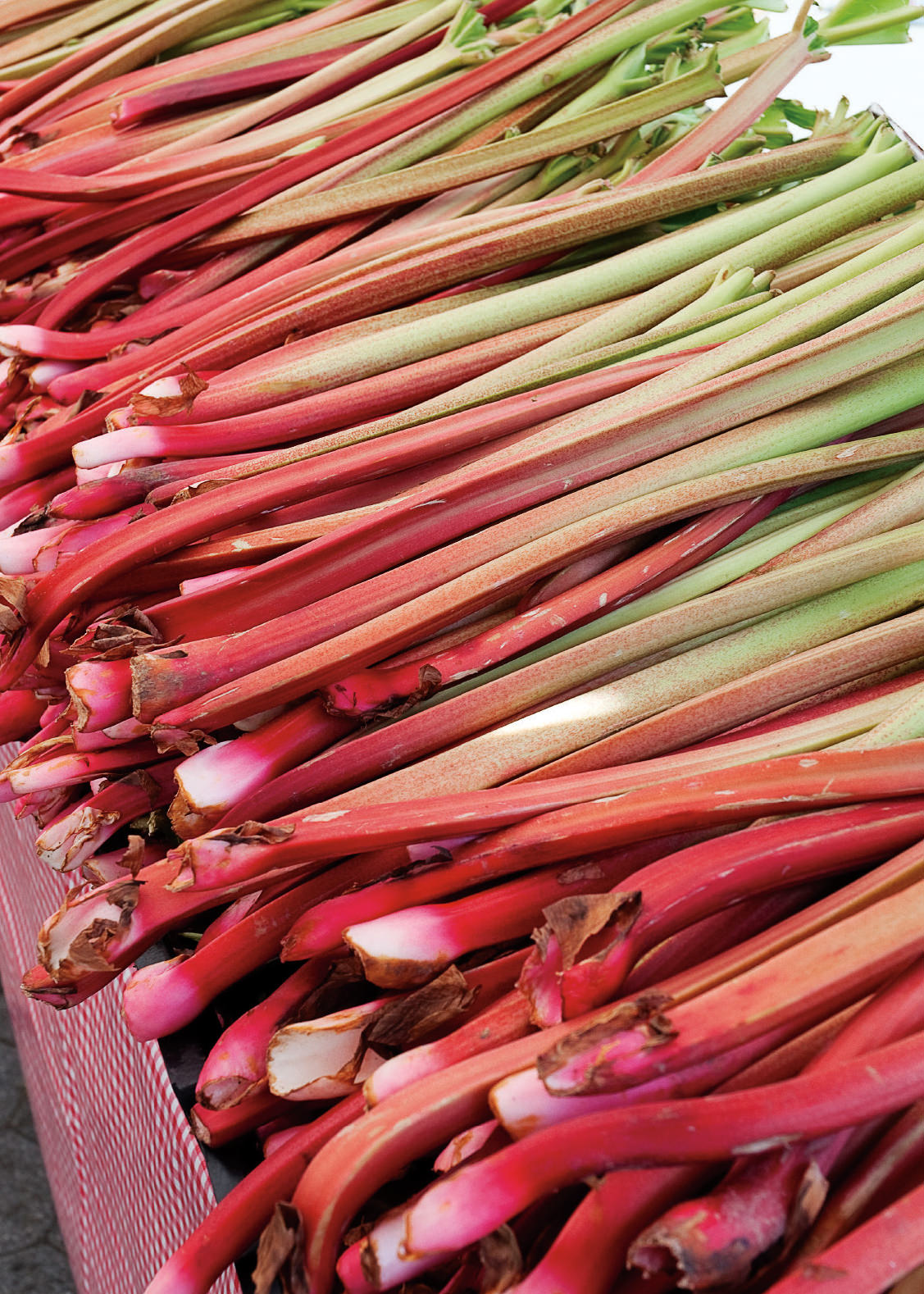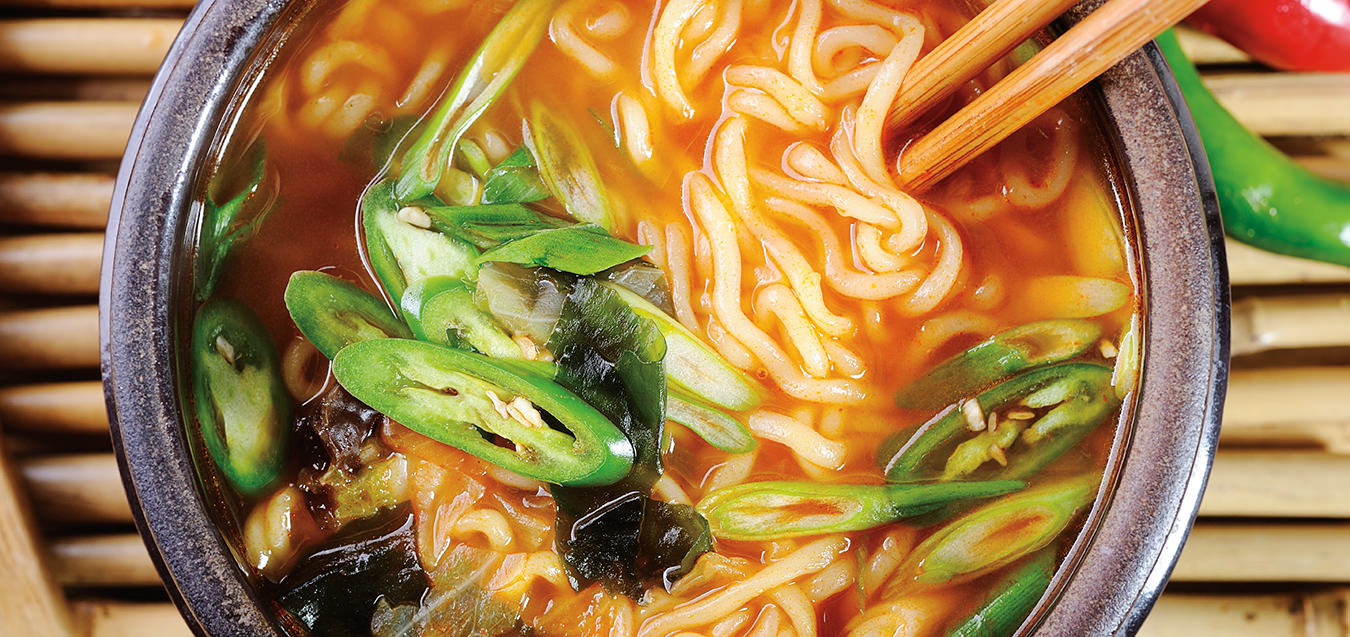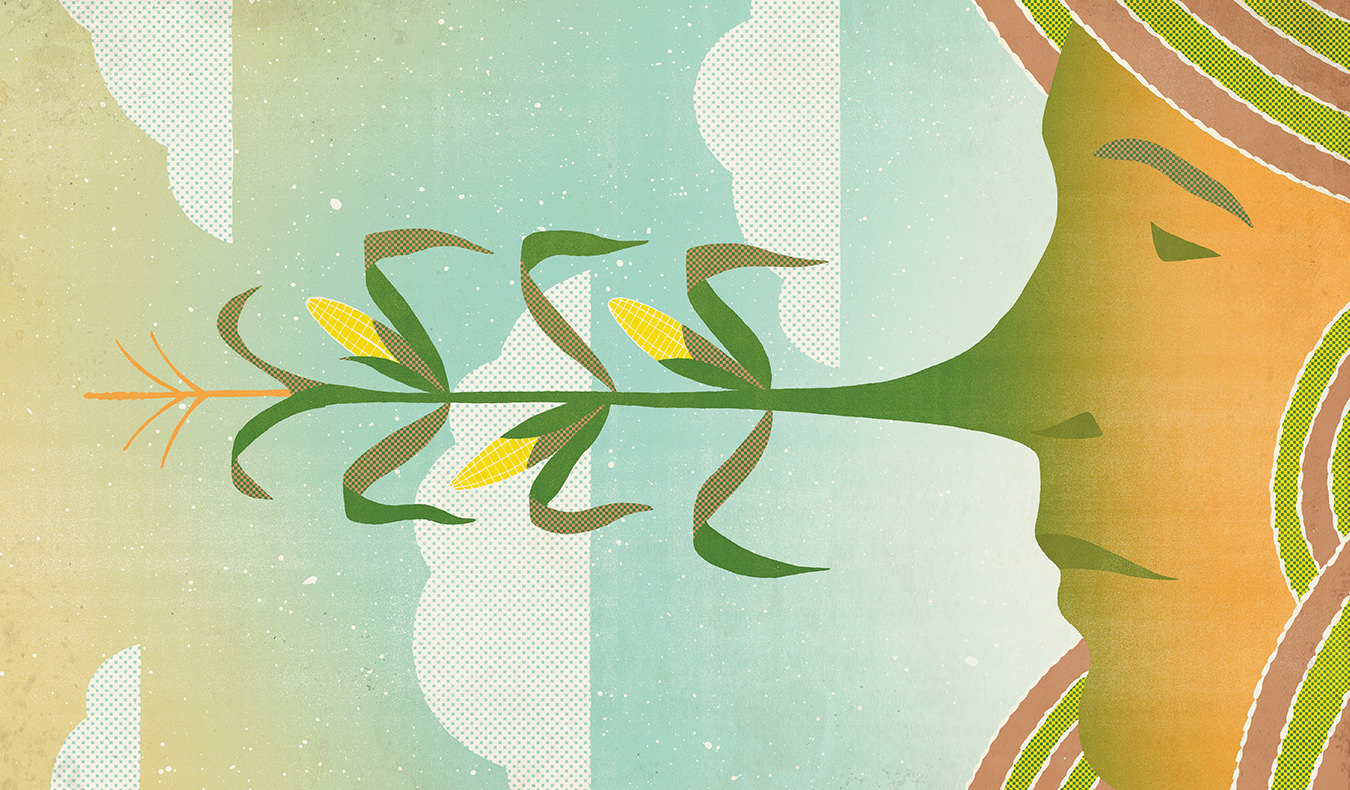Oranges
Juicy fruit.

Photo ©Brian HOgan/iStockPhoto.
I used to laugh when my mother told me that she and her siblings would be excited to find oranges in their Christmas stockings. To them, oranges were something exotic and precious—something sweet and sticky, a gift that parents felt good about giving kids. I didn’t think of oranges like that at all. They were always part of my brown bag school lunches. To me, oranges as Christmas presents was a strange concept—how could something so ordinary fill children with glee? But I had it all wrong.
Botanists believe that citrus trees have been around for 20 million years, native to the tropical regions of Southeast Asia. In recorded history, the orange has a romantic past that can be traced back 7,000 years to the same region. It was a prized commodity. Its spherical shape fit beautifully into the palm of the hand, and its colour seemed to capture the glow of the sun. To eat one was divine. Tearing one open released a spray of juice as fragrant as the most delicate flower and as uplifting to food as spicy peppers. Everyone who saw oranges and tasted them, wanted them.
Thus began a long journey for oranges that took them to the richest families of the Roman Empire, courtesy of Arab traders who brought goods from India and Ceylon (modern-day Sri Lanka). Orchard groves soon appeared in Italy and North Africa, then Spain and Portugal. Around 1290, a Spanish ship reached England with oranges on board, and the next chapter of the love affair began. Blossoms were turned into orange flower water, and peels were dried and candied. That candied peel, known as succade, became popular, and was served at banquets and special events like theatre performances. Before she was mistress to King Charles II, Nell Gwyn, a former prostitute, sold oranges to theatregoers for a sixpence. She caught the eye of the play-loving monarch and soon landed a regular spot in his bed.
In 1542, the word orange was used for the first time in English to describe the colour (it had previously been known by the Old English geoluhread, for “yellow-red”), a testament to oranges’ burgeoning popularity. In the 17th century, the nobility in England developed a passion for the exotic fruit. It became in vogue to have your own orangery, housed in a rudimentary greenhouse, as a means of flaunting wealth.
Oranges have a conflicted history as symbols, both naughty and nice. In folklore, oranges exchanged among the unmarried was a subtle way of saying, “Let love blossom.” In Greek mythology, they had ties to fertility and innocence. In Victorian times, orange blossoms were used for garlands, bouquets, and tiaras for brides as symbols of youth, purity, and eternal love. Conversely, oranges also epitomized lust, seductive powers, passion, and flamboyance.
Despite the mixed messages, oranges have evolved from the fruit of European royalty and aristocrats to a kitchen staple for the masses, thanks, in part, to Florida. Following in the footsteps of Columbus, who first brought orange seeds to the New World in 1493 on his second voyage, explorer Juan Ponce de León is said to have first brought the fruit to Florida—a state he named—when he was searching for land to claim for Spain. His first steps reportedly landed somewhere near what is now St. Augustine, Florida. These days, the state ranks number two (after Brazil) among the world’s orange growers, producing more than 131 million boxes a year—each box weighing 40 kilograms.
Not surprisingly, Florida’s restaurants lean on their state’s oranges to add zing to dishes. Allen Susser of Chef Allen’s Modern Seafood Grill in Aventura squeezes fresh sour orange juice over shrimp for his Mixto Ceviche. At the Bull & Bear Steakhouse at the Waldorf Astoria Orlando, a scoop of Florida orange sorbet serves as a contrast to the bittersweet chocolate cake. At Blue Martini lounges throughout Florida, orange juice meets vodka, blue curaçao, and orange liqueur in an oversized snifter glass (complete with a Glow Stick straw) for a tangy signature martini.
In Clermont, Showcase of Citrus (a family farm turned roadside attraction) pays homage to the fruit. Owned by fourth-generation citrus grower John Arnold and his wife, Julie, the attraction comprises 2,500 acres of citrus trees, boasting more than 50 varieties, including 13 types of oranges. From mid-October to mid-May, visitors can stroll through the groves, picnic between the rows, pick their own fruit, buy, or simply taste. At the sample bar in their country store, Julie serves wedges of fruit fresh off the trees. With one bite, the sweetness explodes onto the tongue, and the aroma has me thinking back to Grade 1, when I’d have an orange at recess.
Before I leave the groves, I take a frozen orange juice slushy to go, and happily sip it on the return trip to Orlando. I take it back, oranges. You’re not ordinary at all.
Photo ©Brian Hogan/iStockPhoto.




